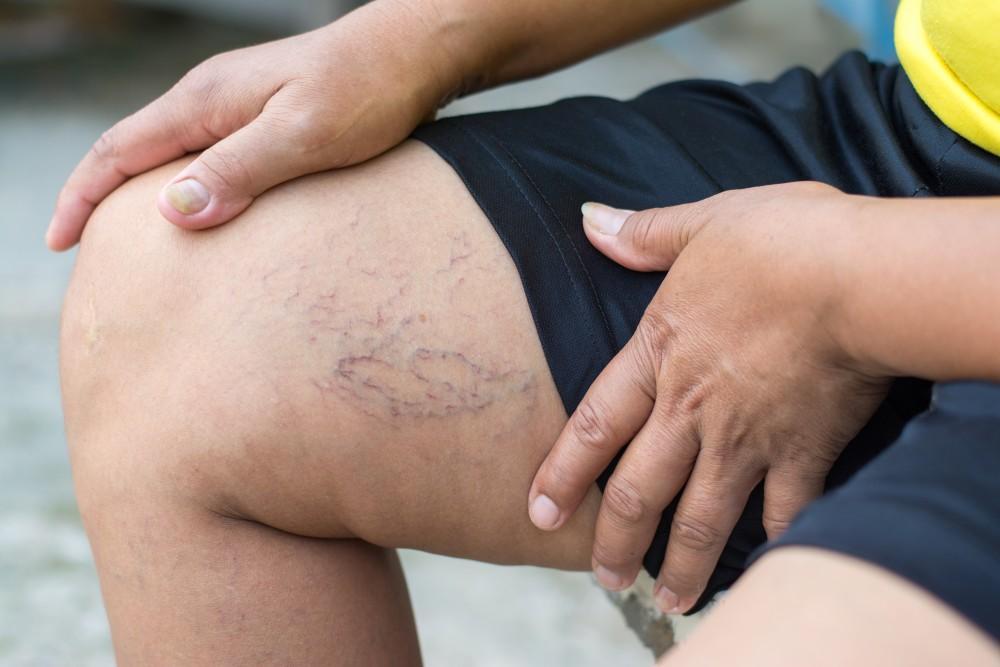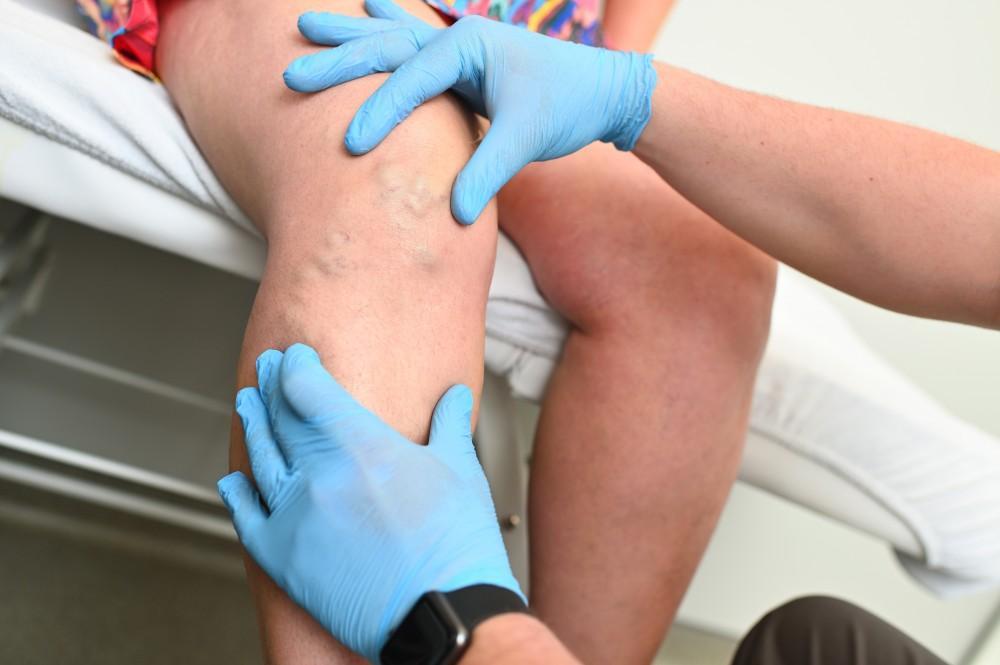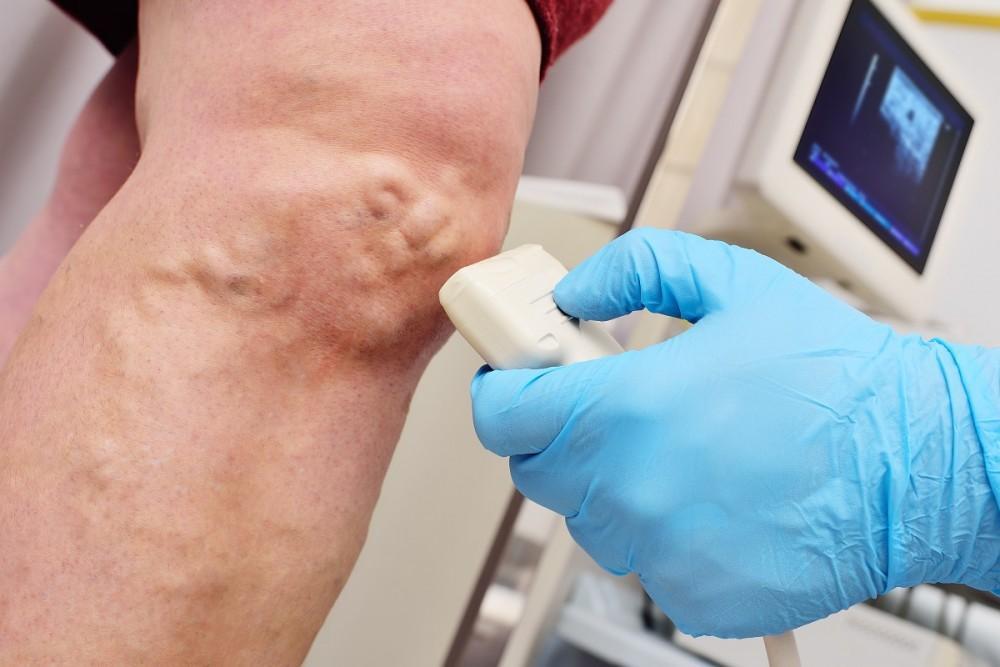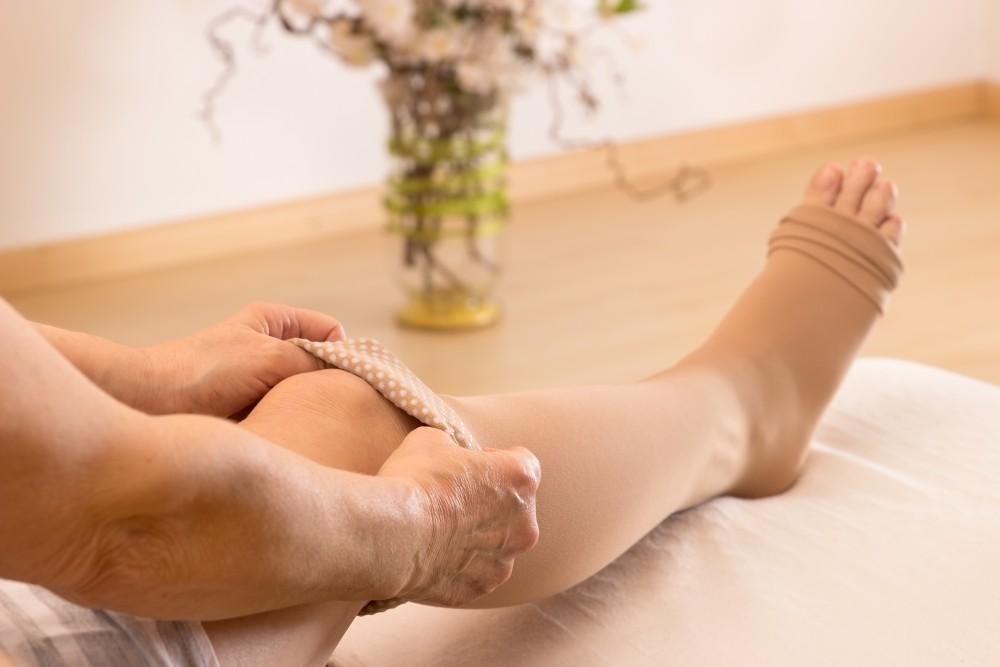Spider veins affect millions of men and women, and they become a lot more common with age. Though many people think of spider veins as an aesthetic issue, they’re also a sign of a problem with your overall circulatory system, occurring when tiny veins are damaged and unable to circulate blood the way they should.
At Prime Heart and Vascular, Rishin Shah, MD, and Kiran Kumar Mangalpally, MD, offer state-of-the-art treatments for spider veins, along with guidance aimed at helping patients in Allen, Frisco, and Plano, Texas, learn how they can help prevent spider veins in the first place. Here’s what they want you to know.
1. Drop those extra pounds
Your legs and feet support the weight of your entire body, so it really isn’t surprising that if you’re carrying extra weight — even a few pounds — the effect on your lower limbs can be dramatic. Extra weight increases the pressure and strain on your leg veins, which, in turn, makes it more difficult for your veins to work the way they should.
Over time, all that increased pressure results in vein damage that shows up as spider veins or, in larger veins, painful, bulging varicose veins. Losing extra pounds can’t “fix” veins that have already been damaged, but it can help prevent future spider veins from forming, and it may also help prevent further damage in the spider veins you already have.
2. Get moving
Your heart plays a major role in blood circulation, along with the tiny valves in your veins. But physical activity is also important to keep your blood moving and to help prevent vein problems, like spider veins — especially in your legs and feet, areas where spider veins tend to be most common.
That’s because your calf muscles play a big role in returning your blood from your feet back to your heart and lungs. When you walk, bike, swim, jog, or take part in many other activities, your calf muscles get a workout — and that helps keep your blood moving, preventing “pooling” that can cause vein damage and swelling. Plus, regular exercise can help with #1 on this list — losing excess weight.
3. Wear compression socks
Compression socks maintain continual pressure on the tiny vessels in your feet and lower legs. That pressure provides extra support to veins, helping them work the way they should.
Most people don’t know that compression socks are available in different levels of compression. To get the most benefits — and to prevent potential problems — ask about prescription compression socks during your next office visit. Dr. Shah and Dr. Mangalpally can prescribe socks that feature the right amount of compression for your leg size, your vascular needs, and other factors.
4. Quit smoking
Smoking damages the inside “lining” of your veins, making it harder for blood to flow. It also causes inflammation inside the veins, increasing the risk of damage to those tiny valves.
In larger veins, smoking increases the risk of plaque formation and atherosclerosis (“hardening” of the arteries), which can raise your blood pressure and cause further vascular damage. Quitting smoking isn’t easy, but there’s no denying that it comes with some major benefits. To get help quitting, visit the websites of the American Lung Association and the CDC.
Keep your veins healthy
Even though they’re tiny, spider veins are still a sign that your circulatory system isn’t working the way it’s supposed to function — and that means you should always have those tiny spider veins evaluated. Our doctors are skilled in simple, effective treatments for spider veins, including sclerotherapy and noninvasive treatment options.
To learn more about spider vein prevention and treatments, call 972-295-7017, or book an appointment online with the team at Prime Heart and Vascular today.





